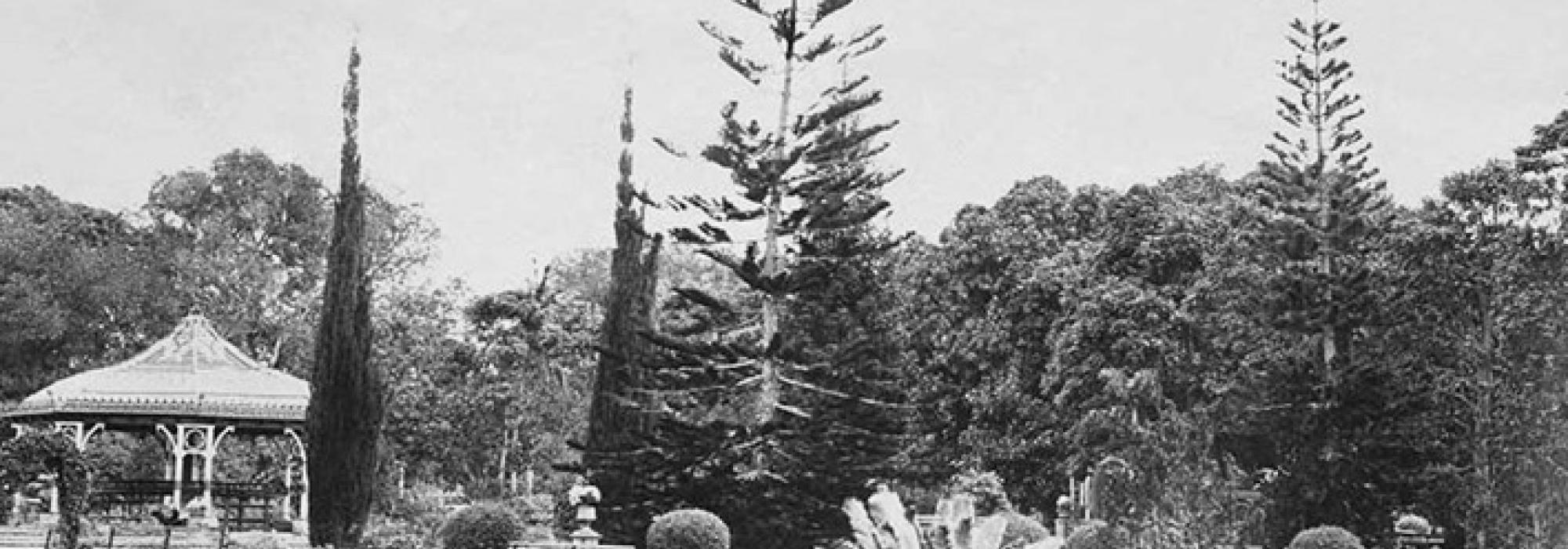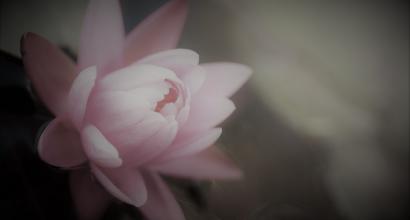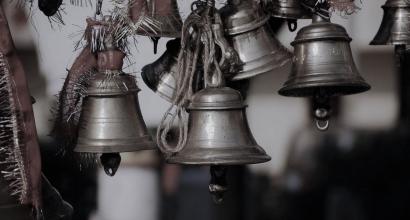During 1934-35, during Sir Mirza Ismail's term as the Diwan of Mysore, there were many prominent men from Madras who would come to Bangalore to spend their summer here. P S Shivaswami Iyer was one such person. His ancestors belonged to aristocratic and affluent families and thus Shivawami Iyer was well off even by birth. Just as the saying goes, "Śucīnāṃ śrīmatām gehe," he was born to a wealthy family yet a noble, dignified, and morally upright one.
Shivaswami Iyer was a famous scholar in three different streams. Sanskrit, English, and Nyāya (ancient Indian logic) were his fields of expertise. He cleared the BL examination in Madras and secured first class marks. He even stood first in his class and it was a great honour those days to secure the top marks.
It would not be out of place to recall his favourite associates – A S Srinivasa Shastri, T R Venkatarama Shastri, K B Ramanatha Iyer, G A Natesan, T Rangachari, and Sir S Varadacharya. They often met Shivaswami Iyer when he was in Bangalore.
Shivaswami Iyer was a lawyer by profession and earned great fame in no time. He later grew up to the ranks of an Advocate General and was nominated as a Member of the Legislative Council and he also served as the Governor for a few years.There is nothing in particular to be said about his tenure as a government official. I think he possessed three major qualities that shaped his character. They were:
- Sincerity
- Scholarship
- Commitment to goodness.
Craving for Knowledge
There is a lot that can be said about his craving for knowledge. He stayed for about three to four months in Bangalore every year. While in town, he spent his evenings in Lal Bagh. There was a pre-determined place for him to sit and relax, either in the Northeast or the Northwest direction of the glass house under a thick canopy of trees. The Lal Bagh officials arranged about four or five benches in a circular fashion in that area. This was done, probably, under the directions of Sir Mirza Ismail. There were others who gathered there when Shivaswami Iyer was around. They were amongst the most prominent people of Bangalore. The group included Judge G Srinivasa Iyer, Chief Engineer Srinivasa Iyer, Deputy Director of Public Instruction D Venkataramayya, Sub-judge T Vasudeva Rao, Prof. C R Narayana Rao and Dr. C B Rama Rao. There were about seven or eight others who regularly joined them too. Among those who came from Madras were Lawyer Govindaraghava Iyer, N Subbarao Pantulu, and T Rangacharyu. This group of friends usually spent the hours in casual conversations and at times also involved in heated debates on everyday topics.
One day, V S Srinivasa Shastri and T R Venkatarama Shastri joined the group. Srinivasa Shastri was younger to Shivaswami Iyer in his age. Venkatarama Shastri was younger to Srinivasa Shastri and was like a student of Shivaswami Iyer, having done his apprenticeship in law under the latter’s guidance. In those days, Sir S Varadacharya, Federal Court Judge, worked with Shivaswami Iyer in the same office.
That evening, when the three of them met in Lal Bagh, a certain topic was taken for discussion. Under some context, Shivaswami Iyer recalled something related to the topic under discussion and asked Srinivasa Shastri;
“Mr. Sastri, I gave you that book of Millikan’s. What have you done with it?”
Shastri grappled for words and seemed to have got caught unaware.
Shastri (to me, seated next to him) "Phew! Here comes the investigation!" (he whispered, and spoke out loud, in Tamil) – “Millikan goes over my head, sir! I am lost!”
Shivaswami Iyer: Why do you find it difficult?
Shastri: It is all Physics, far beyond me.
Iyer: Why do you say so? You took a medal in Physics?
Shastri: What value does my medal have today? That is a tale, fifty years old. Physics has grown beyond recognition today. I don’t think my learning has any relevance today.
Iyer: (With a sigh) Alright. Where is my book now?
Shastri: As I thought it is beyond me, I handed it over to Venkatarama Shastri. He is still young, after all.
Iyer: Venkatarama Sastri, what have you done with the book?
Venkataramana: I tried to read it, but had to give it up as far beyond me.
Iyer: (With a mild laughter) You stood first in first class of Mathematics, didn’t you? You could have put in more time and effort in the book?
V: The Mathematics I studied during my BA is no match for today’s Mathematics. Millikan is a great scientist and a profound thinker. He is an expert at Astrophysics. Do you think I will understand the Mathematics he uses?
Iyer: Forget it then; where is my book?
V: I will give it back to you once we return to Madras.
Iyer: When the two of you have said so, I will need to look for someone else now. Who else is there? There does not seem to be anyone suitable in the Presidency College.
I : Why do you go out of your way to understand the book at this age? What do you have to gain from reading Millikan?
Iyer: Why do you say so, sir? Knowledge keeps growing and you ask me what I need knowledge for? Millikan has come up with new theories related to the formation and dynamics of the universe. I would like to examine how it matches with our ancient system of Jyotiṣa. Don’t we need to see if it is in accordance with our Vedānta or if it differs from it? What have I asked for in the first place, after all? I only asked them to go through the work and explain it to me in sum!
Everyone had a hearty laugh but at the same time, everyone quickly turned silent. We were amazed by the thirst for knowledge the man of 80-85 years had! The kind of enthusiasm he had for knowing about new discoveries was unmatched. We were astonished by his personality.
I will speak of another one of his character traits.
Once, during one of Venkataramana Shastri’s several visits to Bangalore, he had taken a room on the first floor of the Modern Hindu Hotel. That evening, I went with him for a walk to get some fresh air. After the walk, as supper time neared, he said, “Have your dinner with me. I will accompany you once we finish eating.”
Accordingly, we ate together and then sat in the car to leave. It was a full moon night and was close to eight in the evening. Shastri said, “You're anyway heading towards Basavanagudi. Let us pay a quick visit of about ten minutes to Shivaswami Iyer's place.”
As he spoke this, we had neared the hotel’s exit gate. Shastri asked the driver to slow down the car and to stop by the gate. He jumped off the car and rushed into the hotel. I watched him as he hurried away. After a couple of minutes, Shastri came back and got into the car. He said, “I went in to turn my panche (dhoti) into a kacche (a certain style of wearing the lower garment). Panchakacham is a must when you visit Shivaswami Iyer. If not, he won't like it!”
Dedications to Studies
Shivaswami Iyer was staying as a tenant in Srinivasa Iyengar’s house during one of his visits to Bangalore. As soon as he saw us, he said, “Oh! …wait for a bit. Please sit down here. I'm listening to the radio. I will see you once the program gets over.”
After about five minutes he came to the place where we were seated. As he came, he said, “Subash Chandra Bose’s speech was being broadcast on the radio. He has made thirteen important points in his speech. The first one goes thus … something which we all agree upon. The second one says: this is somewhat acceptable. His third point cannot be accepted at all. I find his fourth point to be an exaggeration…”
In this way, he read through all the thirteen points he had jotted down on his scribbling pad and told us his thoughts which betrayed his deep analysis. Such was his nature. From whatever he read or heard, he would filter out the best and the distilled summary, with his critical thinking would be delivered to us. He would mark the most important word and the most important aspect of whatever he came across and note them down in a piece of paper. He would think and rethink on the subject several times. It is because of this nature, there was no unnecessary speech, exaggerations or words that would fill the ears leaving nothing behind in the brain. The two words that he spoke would bear tremendous meaning and would carry weight.
To be continued...
This is the first essay in D V Gundappa’s magnum-opus Jnapakachitrashaale (Volume 6) – Halavaru Sarvajanikaru. Thanks to Hari Ravikumar for his edits.











































